CPU features
- 32b design
- 16 registers including 3 special registers
- Addressing up to 2^{24} words
- Work up to 50MHz
- 16 interrupt vectors
Peripherals
- UARTs - full duplex with configurable baud rate
- Timers - with interrupts and PWM outputs
- VGA driver - text mode 80x30 characters with 16 colors
- PS2 driver - for keyboard
- GPIO
- Memories
Toolchain
- C compiler
- Some C libraries
- Assembler
- Linker
- Emulator
- Disassembler
- Bootloader
 Vladislav Mlejnecký
Vladislav Mlejnecký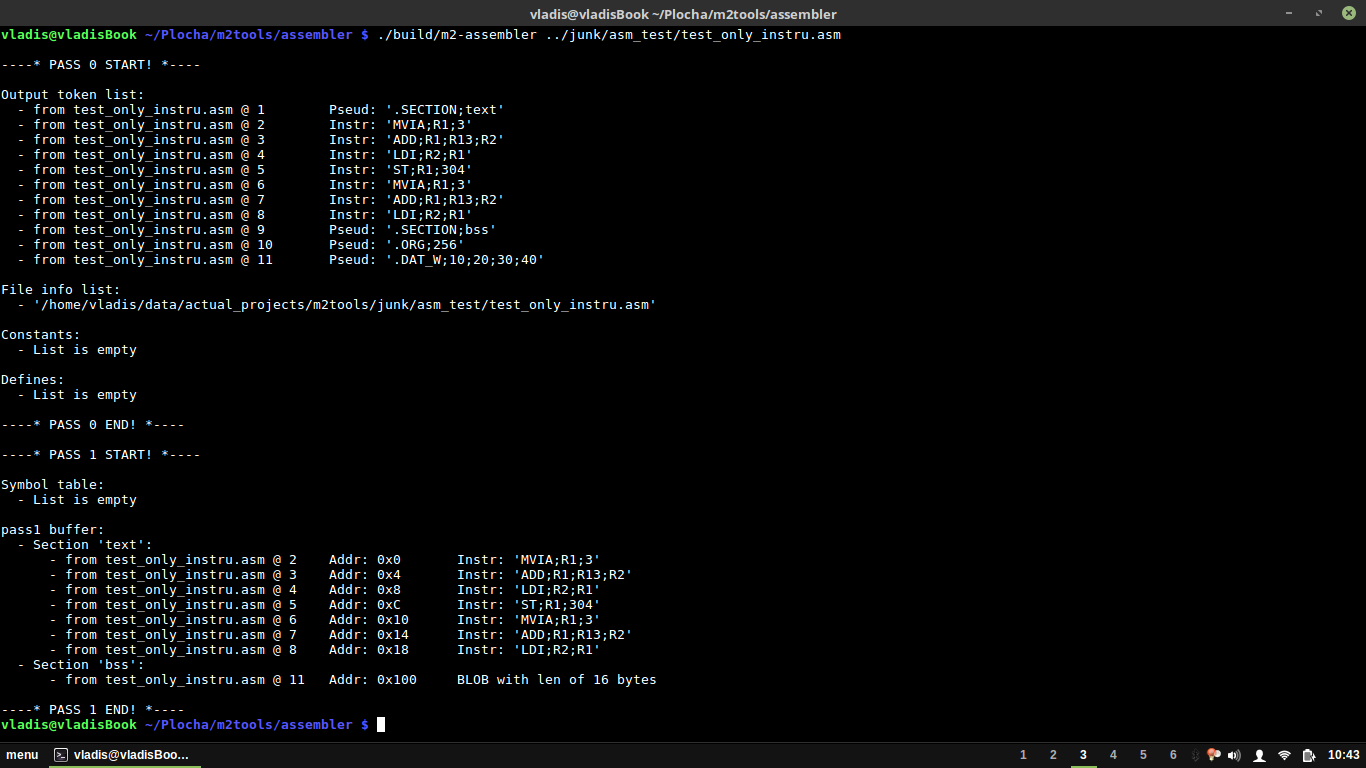

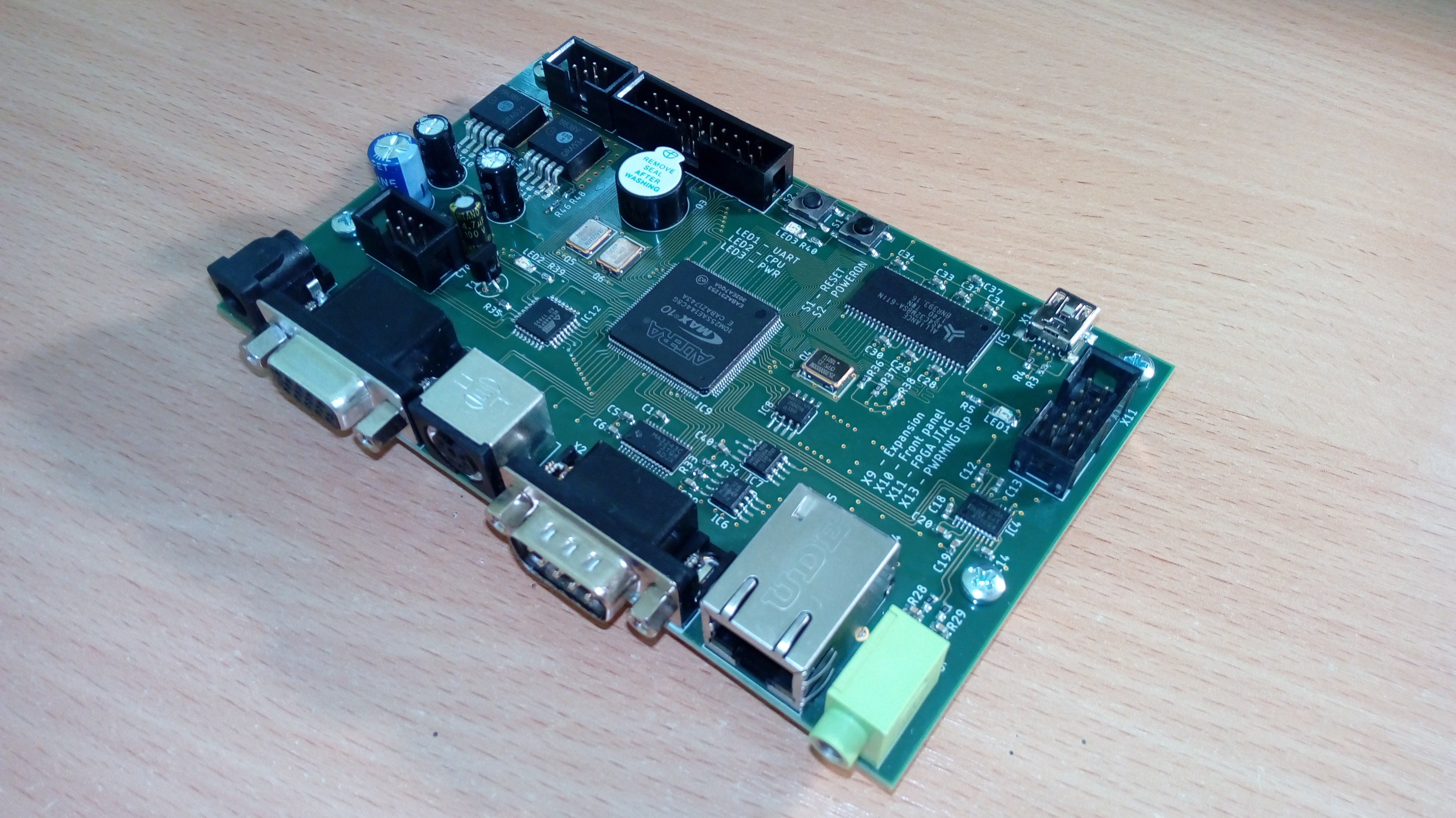




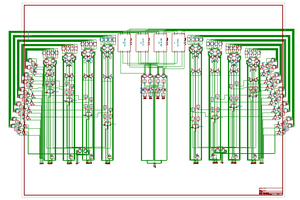
 Noah Wood
Noah Wood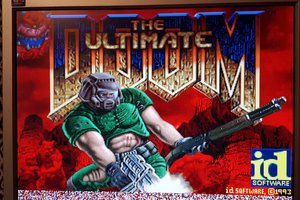
 Matt Stock
Matt Stock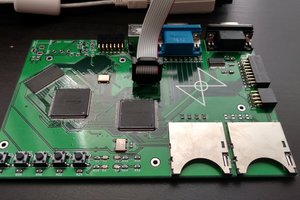
 john lemme
john lemme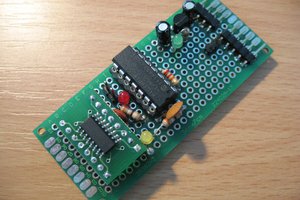
 jaromir.sukuba
jaromir.sukuba
I like it!
Have you seen my A2Z project?
https://hackaday.io/project/18206
The CPU itself is much simpler than yours, but I have developed a fully usable machine with graphics, mass storage, filesystem, etc... Everything is home made, including the language, the compiler, the instruction set, etc...